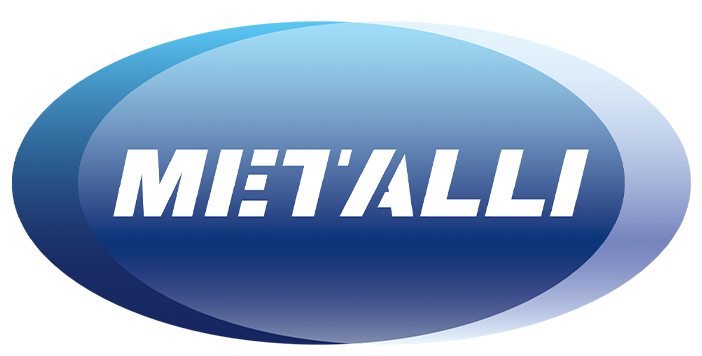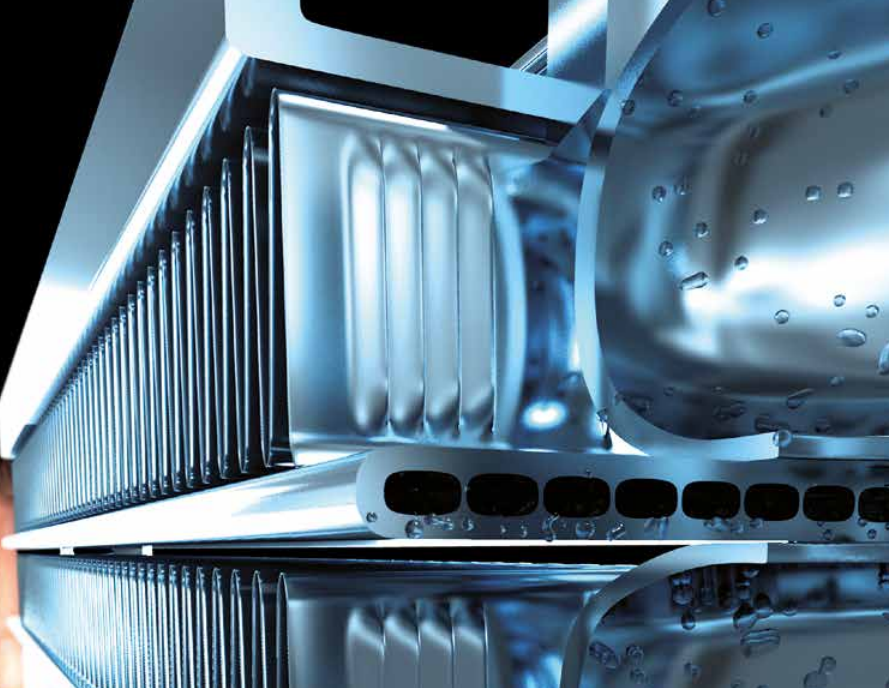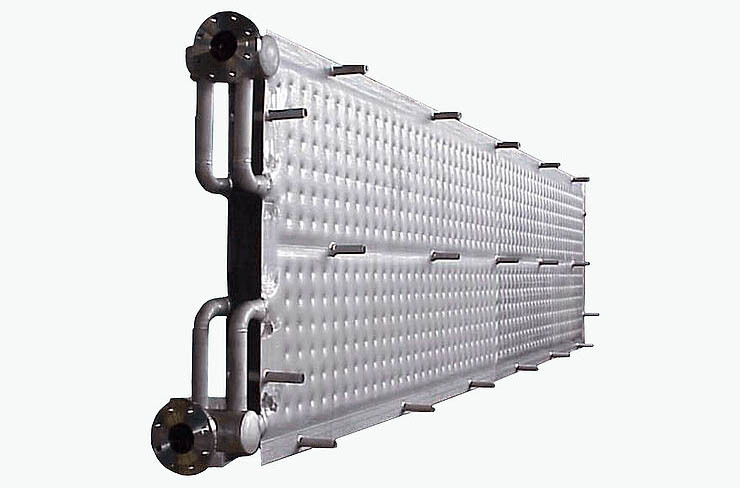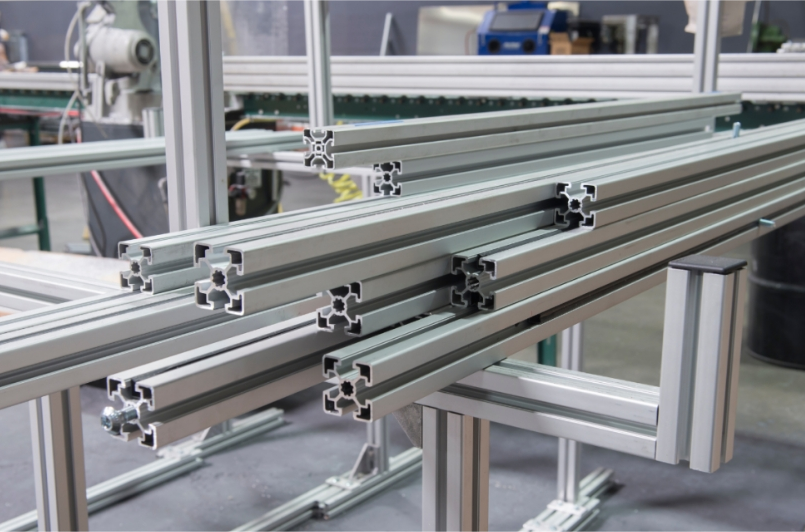Exploring Pillow Plate Technology
Release Time:
2024-04-26
Pillow plates represent a captivating advancement in engineering, crafted through an innovative inflation process. This technique involves seamlessly welding together two sheets of stainless steel or mild steel using sophisticated laser or resistance welding methods. Once sealed, except for connecting ports, hydraulic fluid pressurizes the gap between the metal sheets, inducing a forming process.
The outcome is the distinctive wavy surface and circular weld pattern that define these plates. It's a testament to modern technology and the creative prowess of engineering.

There are two primary types of exchange panels using pillow plate technology: single-embossed and double-embossed. While both have applications, single-embossed plates are often used as dimple jackets, whereas double-embossed plates find their place in exchanger units. These plates feature a thicker base panel and a thinner top panel, allowing for controlled deformation. Manufacturers leverage this to create specialized exchange panels tailored to various industrial needs.
As industries push for maximum efficiency, the popularity of pillow plate technology continues to soar. These exchangers boast innovative "pillow" seam weldings, offering precise flow guidance in panel channels. In scenarios where fluid velocity or distribution is critical, these weldings prove to be invaluable, enhancing overall efficiency and reducing operational costs.
Pillow Plate Heat Exchangers: Revolutionizing Industry Processes
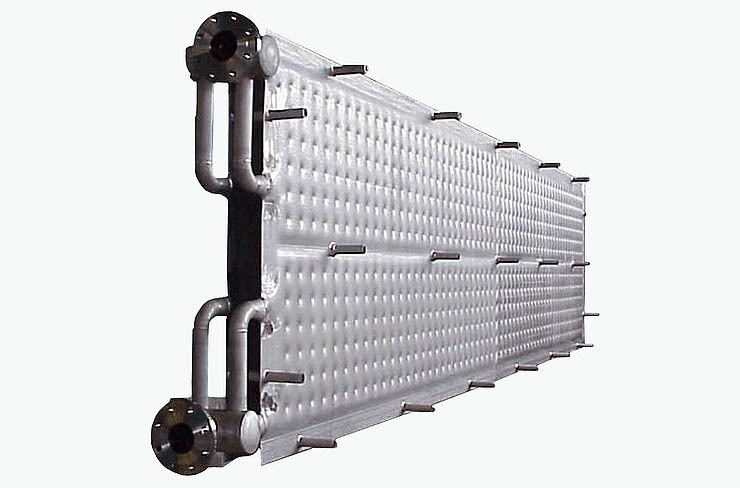
Amidst the quest for process optimization, pillow plates emerge as a highly sought-after solution. Their unique "pillow-shaped" design presents superior flexibility and efficiency in heating and cooling systems for energy exchange. What distinguishes them is their dual functionality as both panel-type heat exchangers and vessel jackets, making them increasingly indispensable in various industries.
These exchangers are incredibly versatile, capable of accommodating single or double inflated panels tailored to specific heating or cooling requirements. With meticulous design and fabrication, optimal heat transfer solutions are assured, catering precisely to industry demands.
How Pillow Plate Heat Exchangers Operate
Connecting pipe work to single and double plates necessitates careful layout to mitigate tensions from thermal and mechanical expansion, ensuring panel connections remain intact. Proper support for pipe work weight is essential, often achieved through suitable supports or expansion bends/joints.

For efficient heat transfer or uniform temperature distribution within tanks, installing double-profiled panels directly within the tank proves beneficial. These panels also serve as guide surfaces in tanks with agitators, facilitating optimal mixing and homogeneous heating or cooling.
Pillow plates offer unparalleled reliability and durability, capable of withstanding high pressures while maintaining structural stability. Their automated manufacturing process ensures flexibility, making them ideal across a spectrum of applications. Additionally, their ability to operate at extreme temperatures further enhances their suitability for demanding industrial processes.
Advantages of Pillow Plate Heat Exchangers
The individualized designs of single and double-sided pillow panel exchangers, coupled with customizable CNC laser welding systems, allow for versatile applications. Their compact design ensures high efficiency with minimal space requirements, low pressure loss, and reduced operating costs. Moreover, their flat surfaces ensure easy cleanability, even with contaminated media, compared to conventional pipes or mounted panels.
In essence, pillow plate technology represents a paradigm shift in heat exchange, offering unparalleled efficiency, flexibility, and reliability across diverse industrial sectors.
More News

2024/05/03
Principles and Application Scope of Microchannel
Microchannels, also known as microchannel heat exchangers, are heat exchangers with channel equivalent diameters ranging from 10-1000μm. These heat exchangers feature dozens of fine flow channels inside a flat tube, connected to circular manifolds at both ends of the flat tube.

2024/04/26
Exploring Pillow Plate Technology
Pillow plates represent a captivating advancement in engineering, crafted through an innovative inflation process. This technique involves seamlessly welding together two sheets of stainless steel or mild steel using sophisticated laser or resistance welding methods.

2024/04/18
Extrusion Methods of Aluminum Profiles: Forward and Backward Extrusion Explained
The extrusion methods of aluminum profiles are classified based on the direction, mainly determined by the movement of the extrusion axis concerning the aluminum product's movement.
